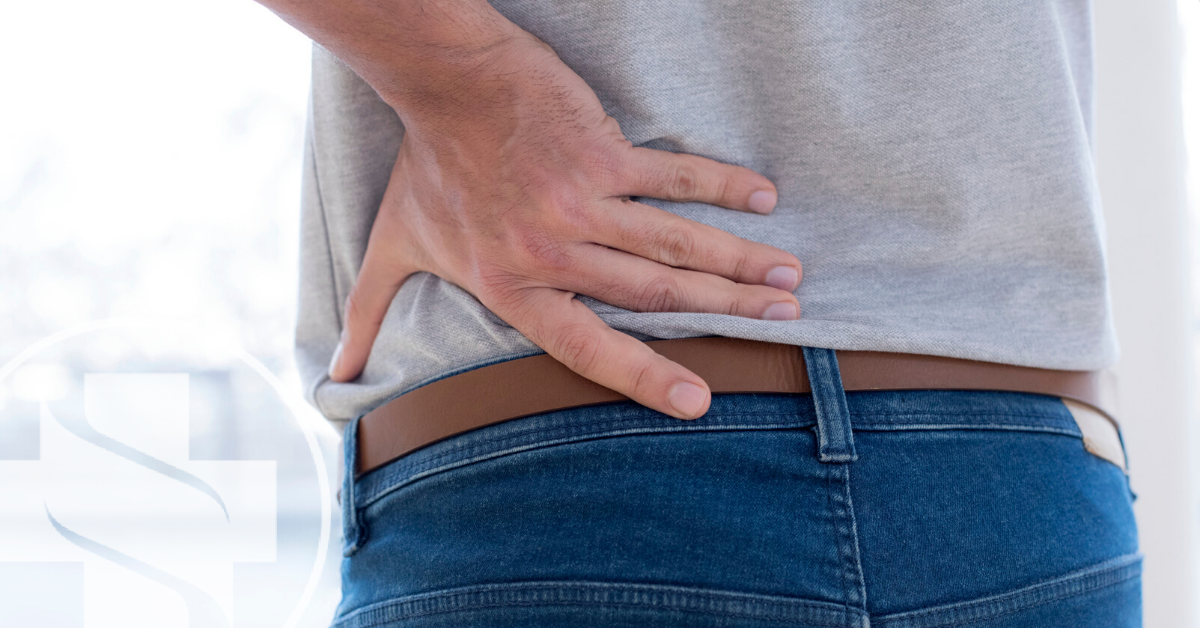Almost all of us have or will experience lower back pain – that’s a sad fact. According to National Institute of Neurological Disorders and Stroke states, “About 80 percent of adults experience low back pain at some point in their lifetimes.”
The Lower Back
The lower back is considered the area right below the ribcage and is known as the lumbar region. The area includes five vertebrae (referred to as L1-L5). This area of your body supports most of the weight of your upper body, which makes it an area that is prone to injury and discomfort.
The Causes of Low Back Pain
There are numerous reasons for someone to experience back pain, but majority of the time it is due to normal wear and tear or general degeneration of the spine, which is referred to as mechanical causes such as:
- Sprains and strains
- Sciatica
- Herniated or Ruptured Discs
- Intervertebral Disc Degeneration
- A traumatic Injury
- Spinal Stenosis
- Skeletal Irregularities
Underlying conditions that predispose people to low back pain include:
- Osteoporosis
- Endometriosis
- Fibromyalgia
- Inflammatory diseases of the joints
Symptoms of Low Back Pain
Lower back pain is experienced by both men and women equally. People experience a range of symptoms, including:
- A dull ache
- Constant pain
- Abrupt/Sudden pain
- A stabbing sensation
Treatments for Low Back Pain
Although some back pain can go away on its own with time, there are a few things that you can do to try to treat your lower back pain:
- Activity: avoid rest for too long. Although you should avoid movement that may irritate your back, you should begin stretching exercises in order to keep things flexible and loose.
- Physical Therapy: Physical therapists can help assess your pain and create a treatment plan that works best for you. Methodist McKinney Hospital has several physical therapy clinics around the area.
When to see a Doctor
It’s important to not ignore back pain. Some back pain may go away over time with rest, strengthening exercises and hot/cold packs; however, some back pain can become severe and that’s when you should see a physician that specializes in spine health.
A spine specialist will review your complete medical history and perform a physical exam. The physician will ask about the severity of the pain, duration of the symptoms and if you’re experiencing any limitations in movement. Imaging tests are not necessary for all back pain cases; however, if warranted, some tests may be requested such as X-rays, Computerized Tomography (CT Scan), Magnetic Resonance Imaging (MRI), Ultrasound Imaging or others. At Methodist McKinney Hospital, we offer on-site imaging to make it easier on you.
Medications may be prescribed to help treat acute chronic low back pain. Consultation with a health care provider is advised before use of any medication.
Surgery
When other treatments fail, surgery may be considered as an option to relieve lower back pain caused by serious musculoskeletal injuries or nerve compression. Patients considering surgery should speak to their spine specialist in order to understand all the risks and information on what to expect and recovery time. We have top-rated orthopedic spine and nuero spine surgeons who can help you along the way.
Comments are closed.

